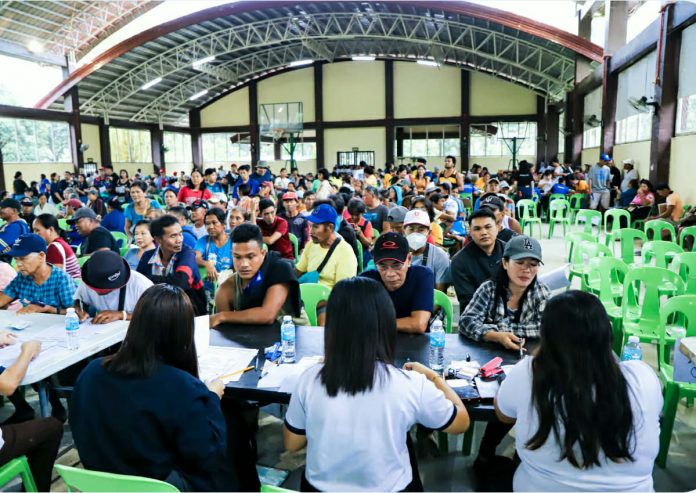TACLOBAN CITY – A clash between government troops and the New People’s Army (NPA) in Gandara, Samar has resulted in the death of a teenage rebel and the surrender of another member—developments the Philippine Army says mark a significant setback for the remaining guerrilla group operating in the area.
Brigadier General Arlino Sendaydiego, commander of the 801st Infantry Brigade, confirmed in a press conference on Monday, November 24, that the female NPA member killed during the encounter in Barangay Geregangan was identified as “Jenny,” who was only 19 years old. He said she was recruited into the armed movement at just 16 by a relative.
“We regret the death of Jenny. Whatever problems they may have, these can be addressed without turning to armed struggle. Our local government officials are ready to help,” Sendaydiego said, noting that assistance was immediately provided by the LGU to residents who temporarily evacuated due to the shootout.
Following the encounter, another member of the NPA reportedly surrendered to barangay officials in Geregangan and was later turned over to the military. The returnee was identified as Lino Dacuma, also known as “Ka Sanya,” who is now undergoing medical treatment in a hospital.
Despite his surrender, authorities said Dacuma may still face legal charges for involvement in armed hostilities.
Sendaydiego emphasized, however, that the AFP will continue to provide assistance while ensuring that due legal processes are observed.
With the death and surrender of two members of the Sub-Regional Committee (SRC) Browser of the Eastern Visayas Regional Party Committee (EVRPC), the Army estimates the group’s manpower has now dwindled to about 13 active fighters operating in the boundaries of San Jorge, Gandara, and San Jose de Buan.
“This is a big loss for them, and I am hoping others will follow Ka Sanya’s example,” Sendaydiego said. “There is no true victory when Filipinos shed blood against fellow Filipinos. I urge the remaining members of the NPA to lay down their arms and choose peace.”
He reiterated that the AFP remains committed to safeguarding communities while enforcing the law.
“We are here to serve the people, but those who violate our laws must also be held accountable. While there is still time, cooperate—for the good of our future and our communities,” he added.
(ROEL T. AMAZONA)






